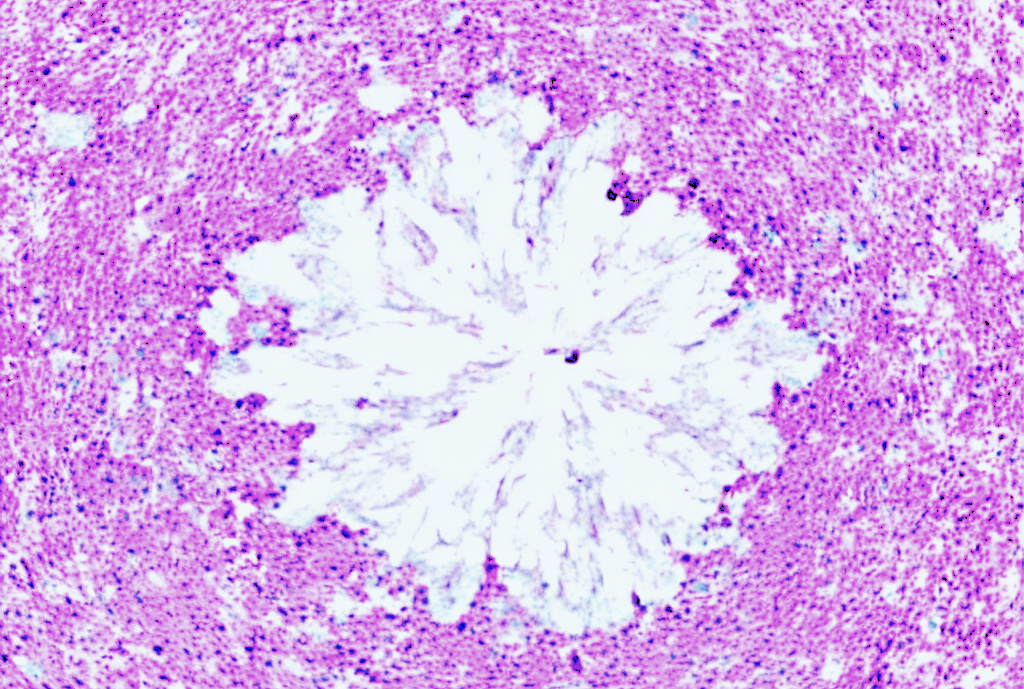
From Early Detection to Prevention: Applications of hTERT-HPNE in Pancreatic Precancerous Lesion Research
Introduction
Pancreatic cancer is known as the "king of cancers" due to its extremely poor prognosis, which is primarily a result of its asymptomatic nature in the early stages, leading to diagnosis at an advanced stage. To change this grim reality, it is crucial to shift the research focus upstream—from treating late-stage tumors to intervening at or even before the onset of carcinogenesis. This requires an in vitro model that can simulate the stepwise progression of a normal pancreatic cell into a cancerous one. The hTERT-HPNE cell line, as an immortalized yet non-tumorigenic human pancreatic ductal epithelial cell line, provides the ideal starting point and platform for this line of investigation.
Want to recapitulate the early stages of pancreatic carcinogenesis in vitro? Our hTERT-HPNE cells are the ideal starting point for your controllable transformation models. Order Now>>
Constructing a Controllable In Vitro Carcinogenesis Model
The development of pancreatic cancer is a multi-step process involving the accumulation of multiple genetic mutations. Among these, an activating mutation in the KRAS gene is recognized as the earliest and most critical molecular event, occurring in over 90% of cases. Because hTERT-HPNE cells possess a normal genetic background (notably, wild-type KRAS), they serve as the perfect "canvas" for modeling this crucial initiating step.
Researchers can use lentiviral or plasmid vectors to introduce a KRAS gene carrying an activating mutation (e.g., G12D or G12V) into hTERT-HPNE cells. Following the successful expression of mutant KRAS, these originally "well-behaved" normal cells begin to exhibit a series of characteristics associated with precancerous lesions and early-stage cancer cells. These changes include:
Accelerated Proliferation: The cell division cycle shortens, and the growth curve becomes steeper.
Loss of Contact Inhibition: While normal cells cease to grow once they form a confluent monolayer, the transformed cells continue to proliferate, piling up on one another.
Morphological Changes: Some cells may display features of epithelial-to-mesenchymal transition (EMT), shifting from a cobblestone-like epithelial morphology to a more spindle-shaped mesenchymal appearance, which is associated with increased invasive potential.
By sequentially introducing other genetic alterations (such as the inactivation of p53) into this controlled model, scientists can recapitulate the progression of pancreatic cancer from low-grade pancreatic intraepithelial neoplasia (PanIN-1) to high-grade lesions, allowing for an in-depth dissection of the molecular mechanisms driving tumorigenesis in a culture dish.
Screening for Early Diagnostic Biomarkers
A reliable method for early diagnosis, such as a blood test, holds the promise of significantly improving survival rates for pancreatic cancer patients. The carcinogenesis models described above provide an invaluable resource for the discovery of such biomarkers. All cells, both normal and cancerous, secrete a vast array of proteins, nucleic acids, and exosomes containing these molecules into their surrounding environment (the culture medium in vitro). This collection of secreted factors, known as the "secretome," contains a wealth of information reflecting the cell's physiological state.
Using highly sensitive proteomics technologies like mass spectrometry, researchers can systematically compare the secretomes of normal hTERT-HPNE cells and their KRAS-transformed counterparts. Proteins that are uniquely secreted or significantly upregulated by the transformed cells become promising candidates for potential early pancreatic cancer biomarkers.
For example, a study might reveal that after expressing mutant KRAS, the level of a specific enzyme or growth factor is markedly elevated in the culture medium of hTERT-HPNE cells. This finding can then be validated in serum samples from patients with known precancerous lesions. If the results correlate, this protein could be developed into a serological marker for screening high-risk populations. This strategy, moving from an in vitro model to clinical validation, greatly enhances the efficiency and reduces the cost of biomarker discovery.
Evaluating the Potential of Chemopreventive Agents
Chemoprevention refers to the use of natural or synthetic substances to inhibit or reverse the process of carcinogenesis. For pancreatic cancer, chemoprevention is a highly promising strategy for high-risk individuals (e.g., those with a family history or carriers of specific genetic mutations). The hTERT-HPNE-based carcinogenesis model is an ideal platform for evaluating the efficacy of such preventive drugs.
The typical experimental workflow involves treating hTERT-HPNE cells with a candidate chemopreventive agent either concurrently with or after the introduction of an oncogenic stimulus like mutant KRAS. The drug's preventive potential is assessed by observing whether it can inhibit or attenuate the malignant phenotypes induced by the oncogene, such as accelerated proliferation or enhanced colony formation.
For instance, given that chronic inflammation is a major risk factor for pancreatic cancer, researchers can use this model to test whether non-steroidal anti-inflammatory drugs (NSAIDs) like aspirin, or molecules targeting inflammatory signaling pathways, can effectively block KRAS-induced cellular transformation. Positive results from such in vitro studies would provide a strong rationale for initiating relevant clinical prevention trials.
Need a pancreatic cell model that is both "normal" and transformable? hTERT-HPNE cells offer a normal baseline with inducible characteristics, making them the ideal choice for your research. Click to check>>
Conclusion
With its "normal" baseline and inducible transformability, the hTERT-HPNE cell line plays an indispensable role in pancreatic cancer research. It enables scientists to recapitulate the key early events of pancreatic tumorigenesis in a controlled laboratory setting, thereby providing unprecedented opportunities to explore mechanisms of carcinogenesis, screen for early diagnostic biomarkers, and evaluate preventive interventions. The application of the hTERT-HPNE cell line is effectively driving a strategic shift in pancreatic cancer research—from a focus on reactive treatment to one of proactive prevention.
References
[1]Brand, R. E., & Tempero, M. A. (2007). Pancreatic cancer. Current Opinion in Oncology, 19(4), 376-381.
[2]Collins, M. A., et al. (2012). Oncogenic KRAS promotes growth and transformation of human pancreatic ductal epithelial cells in a three-dimensional context. Oncogene, 31(21), 2633–2643.
[3]Han, H., et al. (2011). A secreted protein cluster as a biomarker for pancreatic cancer. Cancer Epidemiology, Biomarkers & Prevention, 20(8), 1733-1742.
[4]Pio, R., et al. (2001). A novel, secreted isoform of the C-terminal-binding protein 1 is a potential biomarker for head and neck squamous cell carcinoma. Cancer Research, 61(17), 6577-6584.

